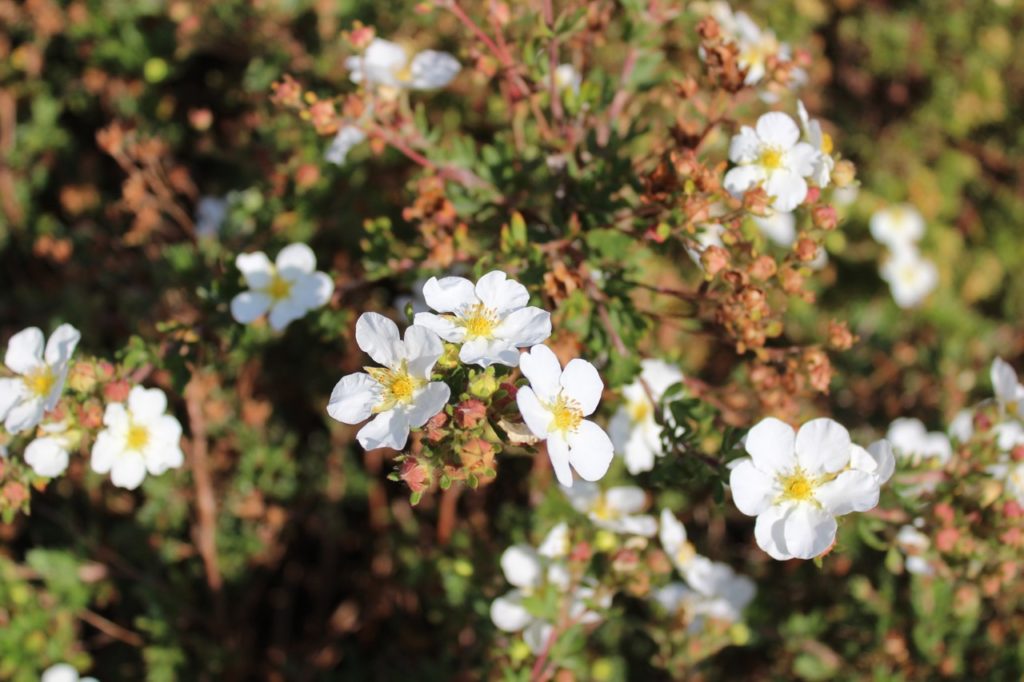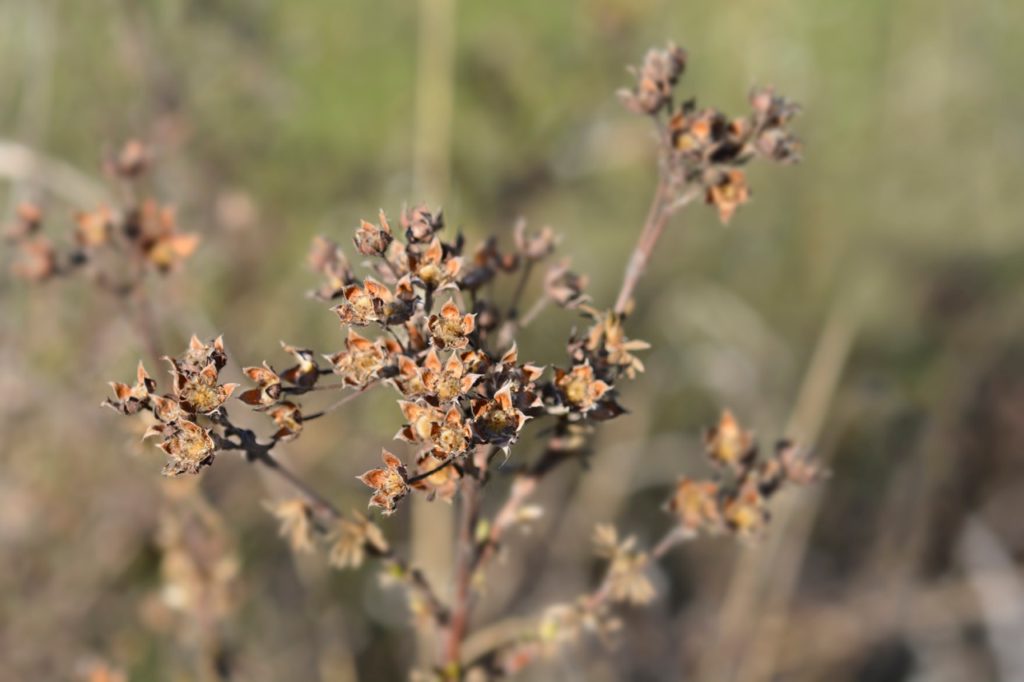Watch Out For Overly Zealous Pruning Of Potentilla Shrubs Argues Elizabeth Waddington

SHRUBS > POTENTILLA > PRUNING

Elizabeth is a Permaculture Garden Designer, Sustainability Consultant and Professional Writer, working as an advocate for positive change. She graduated from the University of St. Andrews with an MA in English and Philosophy and obtained a Diploma in Applied Permaculture Design from the Permaculture Association.
Reviewed By COLIN SKELLY

Colin is a Horticulturist and Horticultural Consultant with experience in a range of practical and managerial roles across heritage, commercial and public horticulture. He holds the Royal Horticultural Society’s Master of Horticulture award and has a particular interest in horticultural ecology and naturalistic planting for habitat and climate resilience.
IN THIS GUIDE
POTENTILLA GUIDES
Planting
Pruning
Potentillas can be either shrubs or herbaceous perennial plants and there are numerous species and named cultivars that are popular in UK gardens.
Potentillas grown in gardens are typically categorised into shrubby and perennial types.
Characteristics and care requirements differ depending on which of these two groups we are referring to.
Shrubby potentillas are pretty shrubs that can be useful at the front of a bed or border, as a ground cover or to form low hedges in a garden for a summer display, whereas perennial potentillas make attractive cottage garden plants.
Pruning requirements are minimal for both of these types of potentilla, so read on to see how you can prune your shrubby or perennial varieties.
Do You Need To Prune Potentilla?
Shrubby potentillas naturally have a loose, natural form that does not respond well to overly zealous pruning.
Often, pruning requirements will be minimal and less is definitely more when it comes to pruning these shrubs.

Pruning is typically carried out sparingly for the health of the plant and also to keep things looking neat.
A little pruning can be an aesthetic decision.
When To Prune Potentilla
General maintenance pruning and any neatening, as well as more drastic rejuvenation pruning if desired, is best carried out in the early spring, before the flower buds form.
Pruning later is possible, but it will reduce flowering in the current and subsequent years.
Maintenance Pruning
With an annual pruning regime for shrubby potentilla, the key goals are to remove any dead, damaged or diseased material down to within 15cm of the ground, or to a healthy framework.
You can also give the plant a gentle trim all over for neatness.
It is important not to prune too hard, as these shrubs have a natural loose and open form that does not lend itself to particularly formal pruning.
Rejuvenation Pruning
However, if a mature shrub has become leggy, overgrown and unsightly, or if flowering has diminished, harder rejuvenation pruning is possible.
“On sandy, infertile soils Potentilla shrubs tend to grow in quite tight, mounded shapes,” says Horticultural Consultant Colin Skelly.
“In more fertile, moisture-retaining soils, they can become far more floppy and lax. This is when you might need to be harder with your annual pruning and carry out occasional renovation.”
If you wish, you can remove up to one-third of the older stems down to within 15cm of the ground in one year (though flowering will likely be reduced).

Over the next couple of years, you can continue this process until all the older portions of the plant have been replaced with new growth.
Just make sure that you do not remove more than a third of the plant in one year.
Cutting Back In Summer
Perennial potentillas can sometimes have a tendency to flop as they grow.
One option that some horticulturalists will take is cutting back in late May or early June.

Known as the Chelsea chop (because it is carried out around the time of the Chelsea flower show), this can create sturdier plants that won’t be as likely to flop and can delay flowering.1Fowler, A. (2014, May 17). Alys Fowler: the Chelsea chop. The Guardian. Retrieved March 23, 2023, from https://www.theguardian.com/lifeandstyle/2014/may/17/alys-fowler-chelsea-chop
However, in most gardens, this is far from essential, but you may decide to cut back some or all of your perennial potentilla depending on your own preferences and goals.
Cutting Back In Spring
Perennial potentillas will naturally die back at the end of autumn before new growth emerges in the spring.
Traditionally, some gardeners would cut back perennials like these in the autumn once they die back to keep the garden looking neat.

However, tolerating a little wildness over the winter months and leaving dead material in place in a perennial bed can bring benefits for overwintering insects and other wildlife.
So, rather than cutting back these and other perennials once the growth dies, it is far better to leave any dead material standing over winter before cutting this back in early spring, just before new growth begins to emerge.
References
- 1Fowler, A. (2014, May 17). Alys Fowler: the Chelsea chop. The Guardian. Retrieved March 23, 2023, from https://www.theguardian.com/lifeandstyle/2014/may/17/alys-fowler-chelsea-chop
